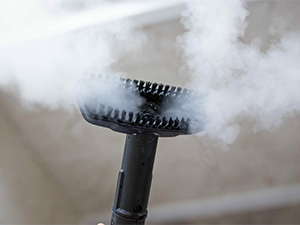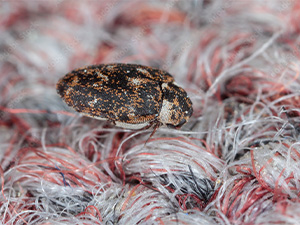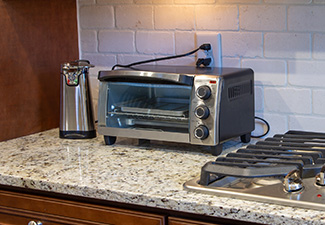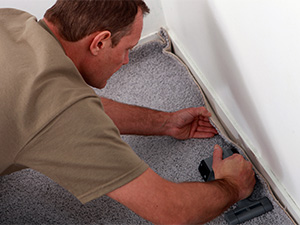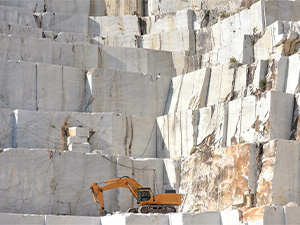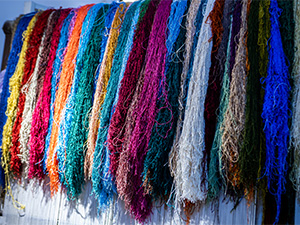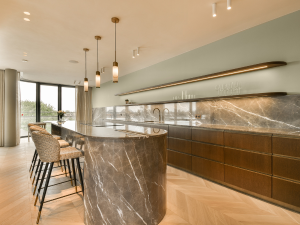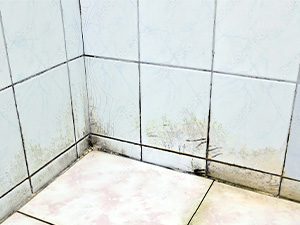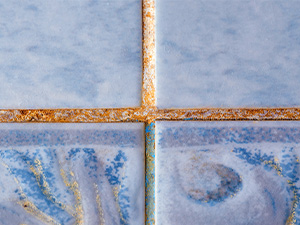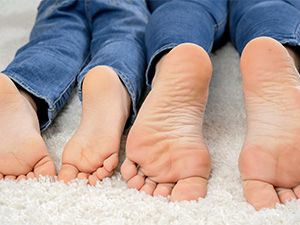Natural stone countertops and floors add an elegant and timeless appeal to any home. However, maintaining their beauty requires careful consideration, especially when it comes to cleaning methods. Steam cleaners, known for their ability to sanitize and deep clean without chemicals, are popular for many surfaces. But are they safe for natural stone? Let’s explore this in more detail.
The Nature of Natural Stone
Natural stone surfaces, such as marble, granite, limestone, and travertine, are porous materials. Their pores can absorb liquids and are susceptible to staining, etching, and damage if not properly maintained. These stones often have a sealant applied to protect against such issues. Understanding the interaction between steam and these characteristics is crucial.
Potential Risks of Steam Cleaning
- Sealant Damage: High heat and moisture from steam cleaners can degrade the sealant on natural stone surfaces. This compromises the protective barrier, making the stone more vulnerable to stains and damage from everyday use.
- Moisture Penetration: Natural stone is porous, and excessive moisture can penetrate the surface, potentially leading to discoloration, weakening of the stone, or even mold growth in the long term.
- Thermal Shock: Rapid temperature changes from the steam can cause thermal shock, especially in more delicate stones like marble. This may result in cracks or other forms of damage.
Steam cleaners are highly effective for many surfaces, but they may pose significant risks to natural stone countertops and floors. The high heat and moisture can damage sealants, penetrate the stone, and cause thermal shock. To preserve the beauty and integrity of natural stone, it’s best to stick with pH-neutral cleaners and gentle cleaning tools. Proper care ensures that your stone surfaces stay stunning and durable for years to come.
By Sharon Koehler. This article is one of a series of articles written and published on behalf of Surface Care PRO Partners.

